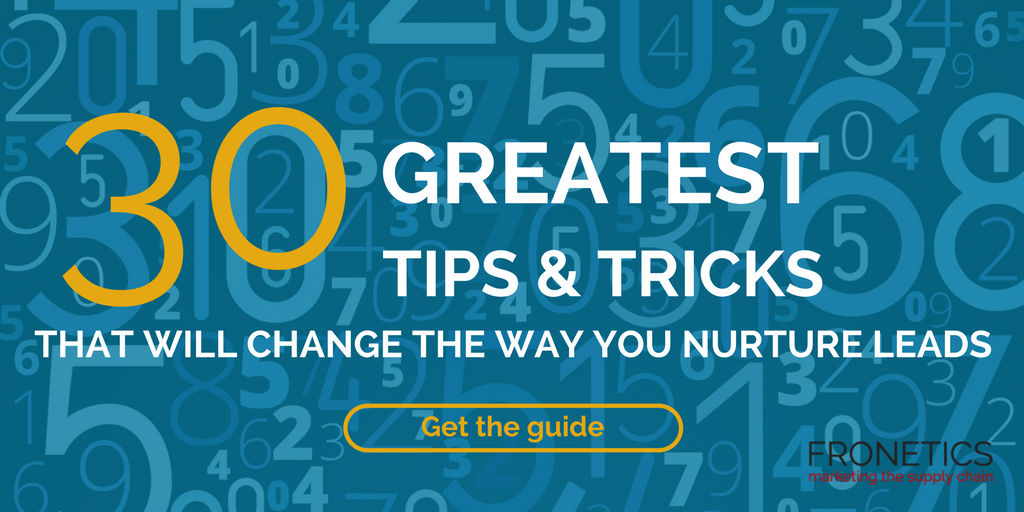Today’s B2B buyers are mostly digital natives who get the majority of their purchasing information from online searches, vendor websites, and peer recommendations.
From a content marketing perspective, knowing where your buyers get their information is critical to an effective strategy. So what are most important sources of information for today’s B2B buyers? 20 years ago, you might have named things like product info sheets or sales reps. But not anymore.
B2B buying has completely evolved, thanks in large part to the increasing percentage of digital natives who now make up the B2B purchasing landscape.
Is your content marketing strategy meeting buyers where they are? Here are the three most important sources of information for B2B buyers.
3 top sources of information for B2B buyers
1. Online search
Not only is an online search the first move for 62% of B2B buyers, 94% of buyers report using online research at some point during the purchasing process. And this isn’t a surprise, when you consider that, according to a study of millennial buyers by Merit, “some 73% of 20 to 35 year olds are involved in product or service purchase decision-making at their companies.”
[bctt tweet=”Not only is an online search the first move for 62% of B2B buyers, 94% of buyers report using online research at some point during the purchasing process.” username=”Fronetics”]
So what does this mean for your business? Gone are the days when a simply thinking about keyword rankings was enough to boost your SEO. In our four-part series on writing for SEO, we address how search engines and the search landscape have changed over the past several years. Improving your search ranking can seem like a complex process, but in the end it all boils down to one thing: quality content, presented in a clear and compelling manner.
2. Vendor websites
So buyers conduct their online search. And if you’ve done your content marketing homework, they find your business. How does your website stack up?
According to Bain’s global customer insights chief Eric Almquist, by the time they reach your website, buyers “will have already formed a strong opinion about many aspects of the value expected from a vendor.” For this reason, your website should “provide a wealth of information on these types of value, with details on where… products have been successful.”
Your website should be one of your primary assets. If you don’t give visitors plenty of easy, attractive opportunities to convert on your website, content marketing won’t generate leads for you. Your content should be organized and clear, presented with the goal of helping your potential customers. And opportunities for conversion should be everywhere.
3. Peers and colleagues
As digital natives step into purchasing roles in the supply chain, they’ve “brought their consumer habits to the B2B world,” says Almquist. This means that a big part of the purchasing process involves review sites, where purchasers seek the opinion of their peers and colleagues. “Reviews will tell the buyer how a vendor performs on many ease-of-doing-business elements long before the buyer has actual experience with that vendor.”
This aspect of content marketing can seem daunting for many businesses because of the perception that what’s on these sites is completely out of your control. But with the right strategy in place, review sites are actually a big opportunity for your business.
For a start, vendors “should encourage customers who are advocates of the company to provide reviews on relevant sites.” It’s also important to take an active role on these sites, responding to customer reviews — even the occasionally inevitable bad ones.
Says Almquist, “First impressions matter as much as ever in B2B markets. Today though, that first look comes through websites, user forums, and quick case studies, not flesh-and-blood sales pitches.”
With a well-thought-out, data driven content marketing strategy, you’ll be ready to meet digital natives where they are.
What sources of information for B2B buyers do you focus on?
Related posts:


